High above the mountains of Baguio City is my favorite place to pray. Mirador Hill occupies a special position in all the hills of Baguio. In 1876, Don Manuel Scheidnagel, Governor Politico-Militar of Benguet, gave this hill its name because one could see the South China Sea, Lingayen Gulf and the Ilocos coast on clear days. Today, Mirador is the perfect place to be if you think you are already lost in the trees that you need a ‘vantage point’ to see the whole forest.
And so, if you need to go on a retreat, may I invite you to come to Mirador? I have 10 reasons why you should be there.
-
A vantage point.
If you need to see things through in your life, or sort things out before making tough decisions, Mirador Jesuit Villa and Retreat House is perfect. Take the cue from many of us, Jesuits who took our annual retreats and Province Congregations there; Or, from the Catholic Bishops Conference of the Philippines (CBCP) who once made Mirador as the venue to discuss matters pertaining to the Philippine Church; Or, from many individuals who went there for a retreat or a seminar. Sometimes it is good that even Mirador’s high elevation cooperates with what you exactly need.
-
Individual spots for prayer.
Some of the photos here are my favorite nooks for my time with God. There are moments when you just want to get out of everyone’s reach, except God’s, whom you cannot be separated from. And you can bring your coffee.
-
Literally, the whole hill.
Even up in the clouds on chilly mornings, or when the mountain fog covers the city in the afternoon, Mirador provides space for long reflective walks, whether paved or trailed.
The paved road takes you from below the hill to the summit. The incline is perfect for cardio-vascular exercise. When I was there, an athlete took the 252 steps for his exercise.
The trails, on the other hand, are great for nature lovers. What’s astonishing about the hills is that they are never boring.
In Mirador Hill, you can add one unique perk, not found in others: you can go closer to monitor the earth — yes, literally.
In the past, Mirador had been the relocation site of the Manila Observatory after World War II destroyed it in the capital city. Below are photos of the rooms of Wing C, now the Jesuit wing. They were once the offices of the Observatory.
When the Observatory relocated to the Ateneo de Manila campus in 1962, it reverted to the original meteorological and seismic station as it was in the 1900s. You can visit the seismic station today. But ask a staff — or discover it yourself — because it is almost hidden by clumps of wild birds-of-paradise.
The graph in the station hits you with a hard fact: the ground on which we stand is continually shaking. But another fact comes to the fore: Thanks to God’s grace, we are still standing straight and stable. Hallelujah!
(Find this scene. The seismic station is below it.)
-
The fruits, flowers, and the iconic pine trees.
Come wind and rain, storm and sun, the plants of Mirador bloom and bear fruit like crazy. More often, God speaks through nature. After all, who else can make creation flourish than the Creator alone? You’ll see a number of guava, dalandan, calamansi, orange, persimmon and pomelo trees, and if your eyes are trained, you can check coffee and wild mulberries around. Of course, you can pick ripe fruits and eat them there. It’s part of the experience. However, leave the flowers alone.
In Mirador, all your senses are heightened. So, your experience becomes memorable. On cold mornings, pine trees and rosemary bushes perfume the air. And you know what? You can also take some rosemary sprigs if you intend to roast chicken once you get home celebrating a fruitful retreat.
-
Places to gather for prayer.
I like the smell of pinewood in the Main Chapel where community prayers and masses are held.
If you are only a handful, I suggest the Vigil Chapel of St. Joseph, a small corner chapel overlooking the valley that directs your eyes further to Lingayen Gulf. The chapel is Asian: you sit on the floor or on low benches. The long cross on the wall is a stylized Stations of the Cross with a Benguet motif.
I use both of these venues for individual meditation and contemplation. The best time is late afternoons: the setting sun viewed from the windows of these sacred spaces is simply stunning!
This is the sunset view from both the Main Chapel and the Vigil Chapel:
-
The Lourdes Grotto and its 252 Steps.
The Lourdes Grotto, the famous pilgrimage site of Baguio, is just below you. Two white gates can access the grotto. Built in 1913, the Lourdes Grotto was a personal project of Fr. Jose Algue SJ. Ms. Isabel Tampingco, who also sculpted the San Ignacio in Intramuros, carved the statue of the Blessed Virgin Mary. The 212 (original) steps of the grotto were built in 1918.
In addition, the new Chapel of Jesus and Mary beside the grotto is Fr. Rene Javellana SJ’s project. It is also a good place to pray if pilgrims who would often take selfies with the two huge statues of the Sacred Heart of Jesus and the Blessed Virgin Mary will not distract you.
But if you need a quiet time at the grotto, be there after seven in the evening. When the shrine closes, the whole site will all be yours. Yay!
-
Food.
The food is simple, yet tasty. You can gorge on fresh fiber since Benguet is one of the main sources of the country’s vegetables. There is a garden a little far down the retreat house. It is beside one of the Ifugao huts where you can also read and ponder the Scriptures alone. One of my dinners is below: garlic and soy sayote tops with sliced pears.
-
The retreat house.
Architect Gines Rivera, who designed Ateneo de Manila, also constructed the present retreat house in 1952. The look and feel of this villa is old Baguio.
The present house has been home to many who sought refuge or rejuvenation. When the Chinese communist regime expelled the Jesuits, Mirador became the China mission Theologate from 1952-67.
Earlier in its history, the decision to build the present retreat house came when Jesuits needed a place to recuperate and recreate. Superiors under the leadership of Fr. Leo Cullum SJ thought that they needed a house on the summit of Mirador Hill to replace the 1907 three-room house of pine board and cogon built at the level of Naguillan Road. World War II destroyed that original house. Fortunately, it was easy to construct a house because the road to the summit has already been built in 1908.
The rooms of the villa had been modest until today: with only a bed, cabinet, chair and table. The charm is in its simplicity. You only need the bare necessities in your solitude. St. Teresa of Avila said that only God suffices.
-
The Labyrinth.
At the center of the rotunda is a prayer labyrinth. To use it correctly, you have to walk very slowly and meditatively. The labyrinth will naturally bring you to its center, as you journey inwards to your very core. The sound of a water feature and numerous white koi fishes in the pond nearby will add to the Zen ambience. The labyrinth is highly recommended if you need to slow down.
-
Sacred Silence.
Ignatian retreats greatly value silence. Mirador is not a venue for charismatic retreats or any of the type that prefers loud sound than the rustling of leaves and the song of the birds.
And do not worry about the staff. Many of them have lived half of their lives in the retreat house. They are accustomed to the silence of Jesuits; they already expect that even if typhoons would rock the entire building, not a sound from us will be heard — unless, of course, the matter is between life and death.
Notes:
a) To book Mirador Jesuit Villa and Retreat House, contact:
Mrs. Nanette Filler (General Manager)
or Mrs. Fatima A. Castillo/ Dianne Lopez (Office)
Mirador Hill, 2600 Baguio City
Tel. (074) 300-4789 or (0906)5701634
Email: miradorjesuitvilla@gmail.com
b) Mirador does not have a Jesuit community. Please also inquire about the availability of retreat guides. The Christian Life Community (CLC) and the Center for Ignatian Spirituality (CIS) have excellent spiritual programs.
c) Historical facts from Fr. Francis X. Clark, SJ’s “History of Mirador: 1890-1964.”







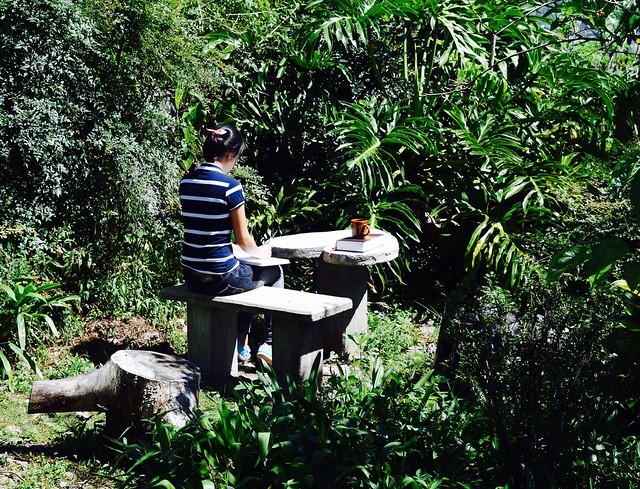

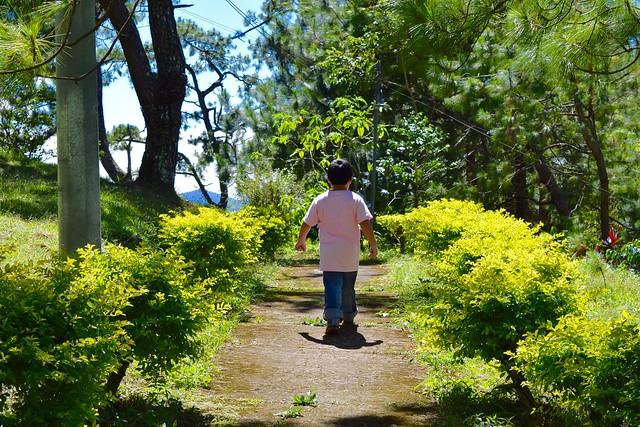
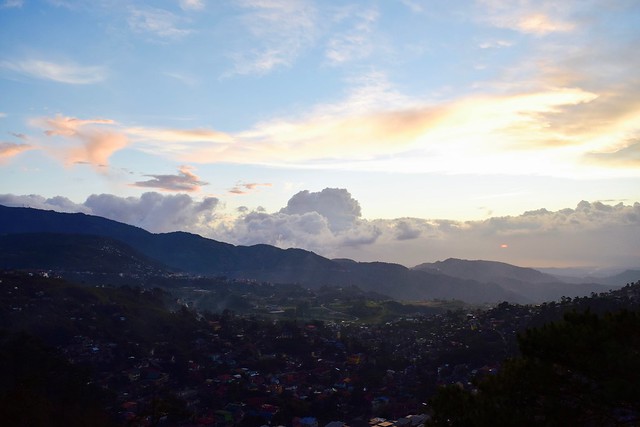
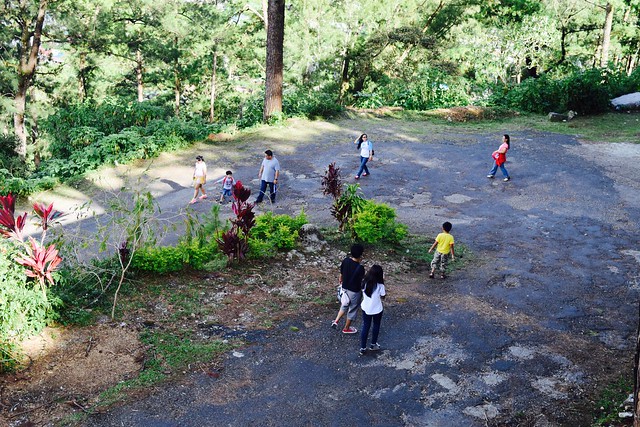



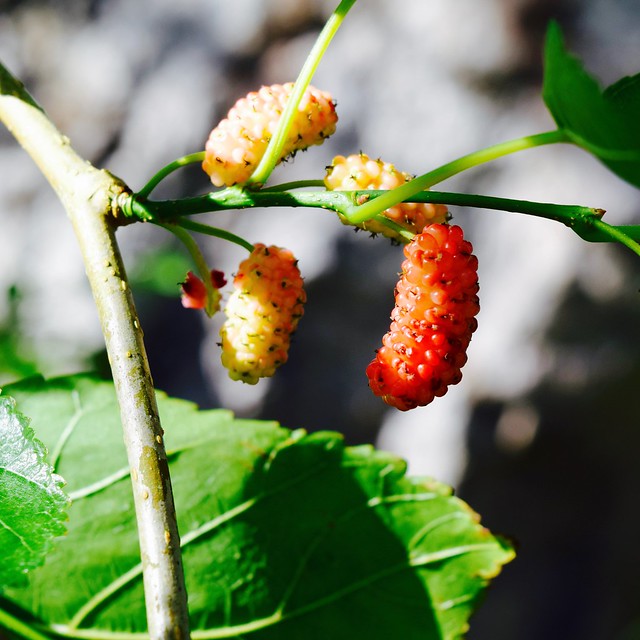
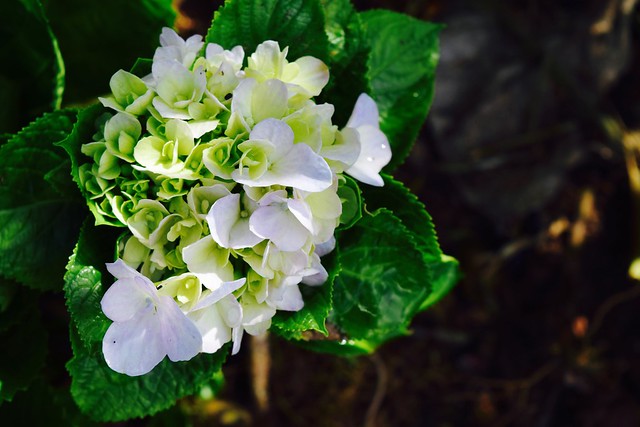
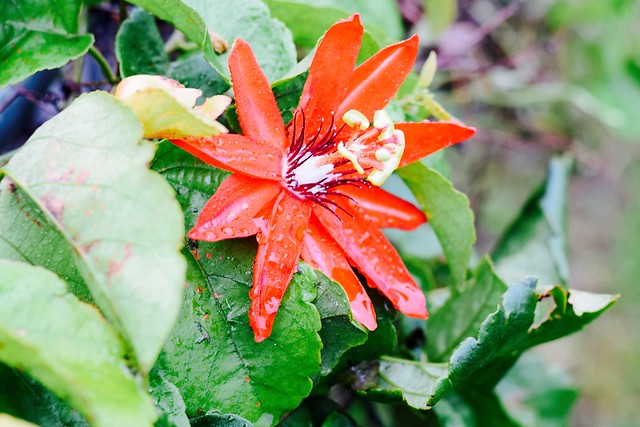



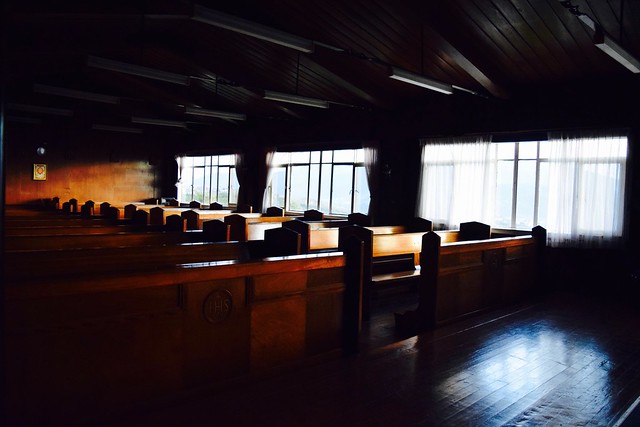
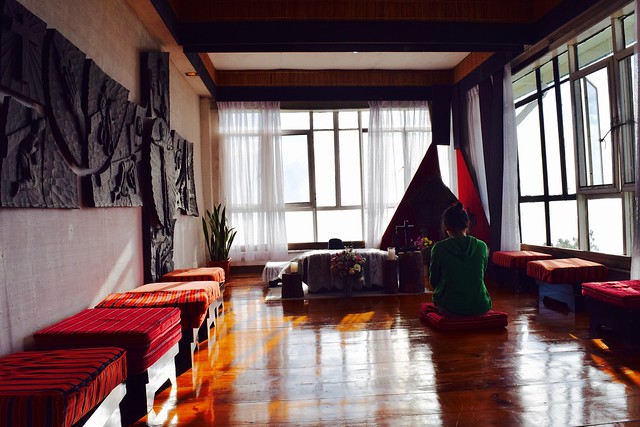

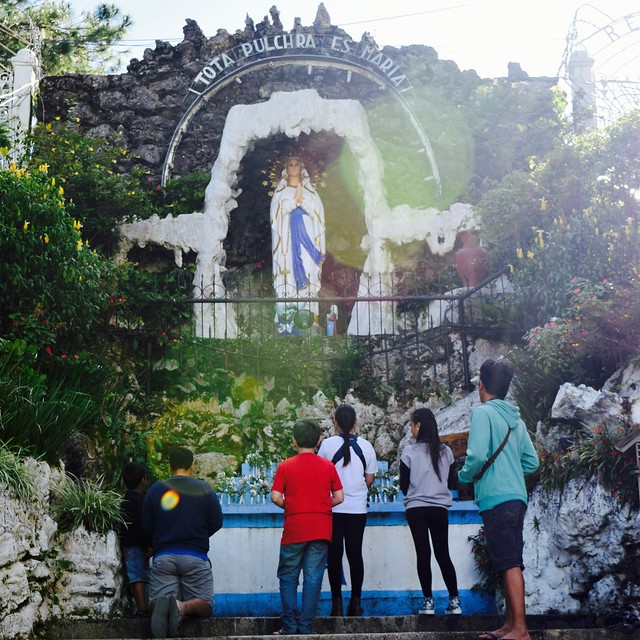

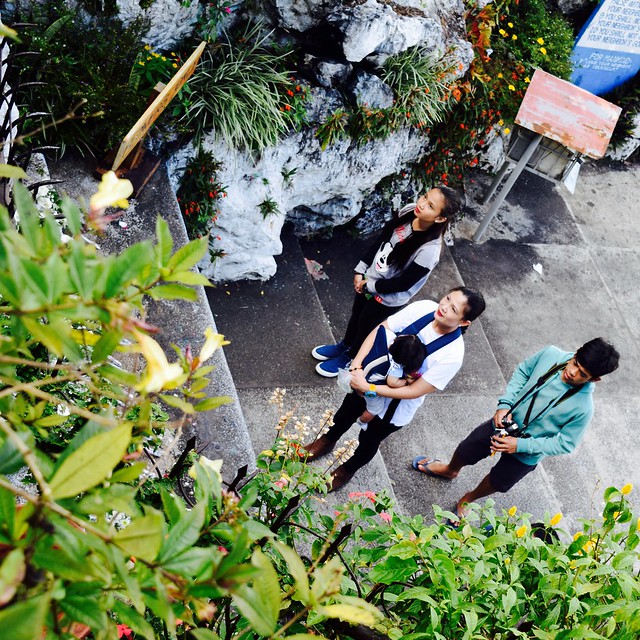

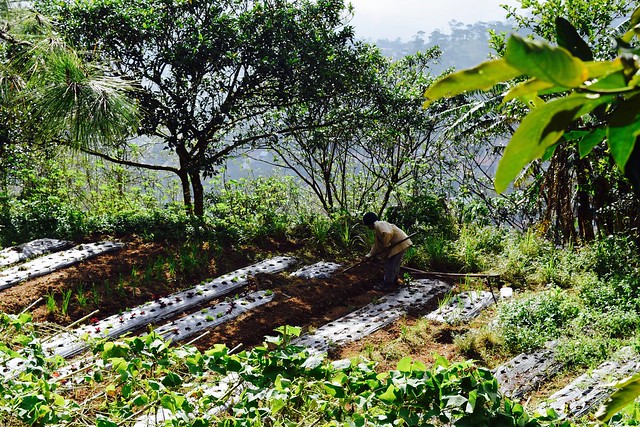
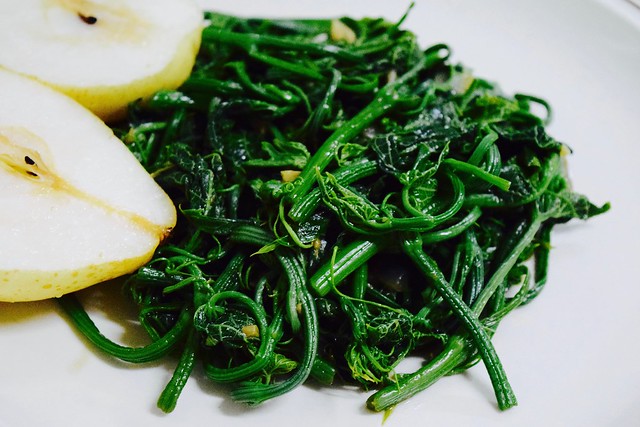



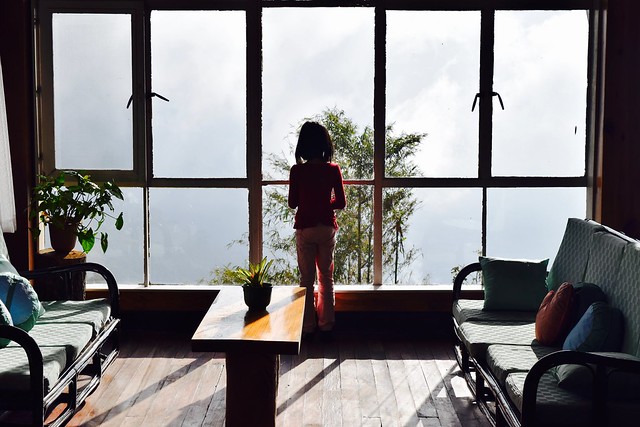
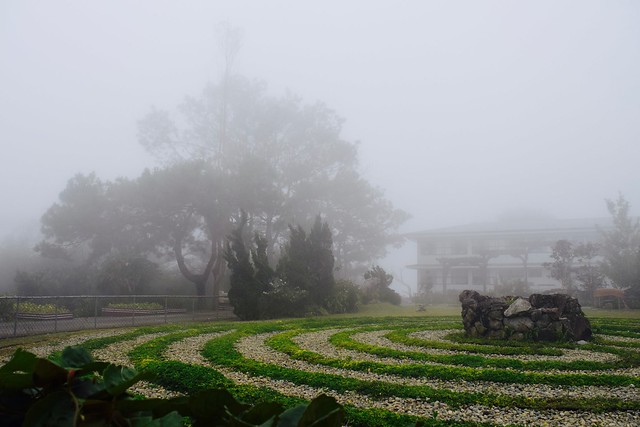




This place looks amazing. Love the mountainscape!
http://www.dbventures.wordpress.com
LikeLike
Thank you Donna! Visited your site and I love your stories/posts esp about your wedding (My favorite sacrament to do! I have more weddings to come!) Thanks again!
LikeLike
Thanks for sharing these lovely photos Father. My daughter and her family are in Baguio at the moment and I remember her story about my three-year old grandson Nate shouting “it’s a giant lion” upon seeing the lion’s head. It must be really nice to stay in such a peaceful and serene place.
LikeLike
Indeed it is enchanting to be there!
LikeLike
Fr. Rene recommended the Chapel of Jesus and Mary, I googled it & found this fresh breath of spiritual air, thanks for sharing! God bless the Jesuit community and Mirador! Ad Majorem Dei Gloriam
LikeLike
Fr Rene Javellana recommended the Chapel of Jesus and Mary. Googled it and found this fresh cool breath of spiritual air, thanks for sharing. God bless the Jesuit community & Mirador. Ad Majorem Dei Gloriam
LikeLike
So happy to chance upon your article. We have been looking for writeups on our ancestors (the Scheidnagel’s of Baguio). I believe he was my grandfather’s grandfather 🙂
LikeLiked by 1 person
And I believe that he was! I guess you can dig more of him in Baguio. 😀 Thanks for reading!
LikeLike
If I remember correctly, this is where graduating seniors do their final retreats right? Sayang, wasn’t able to do that in college. 😦
LikeLike
YES indeed. But it is open to anyone who would like to spend time alone and with God. Do take care.
LikeLiked by 1 person
Very very nice! Can we visit the place? Even if not for a retreat? I just love anything old baguio
LikeLike
Yes, you can visit. But perhaps when the pandemic is over. Spend some quiet moments there.
LikeLike